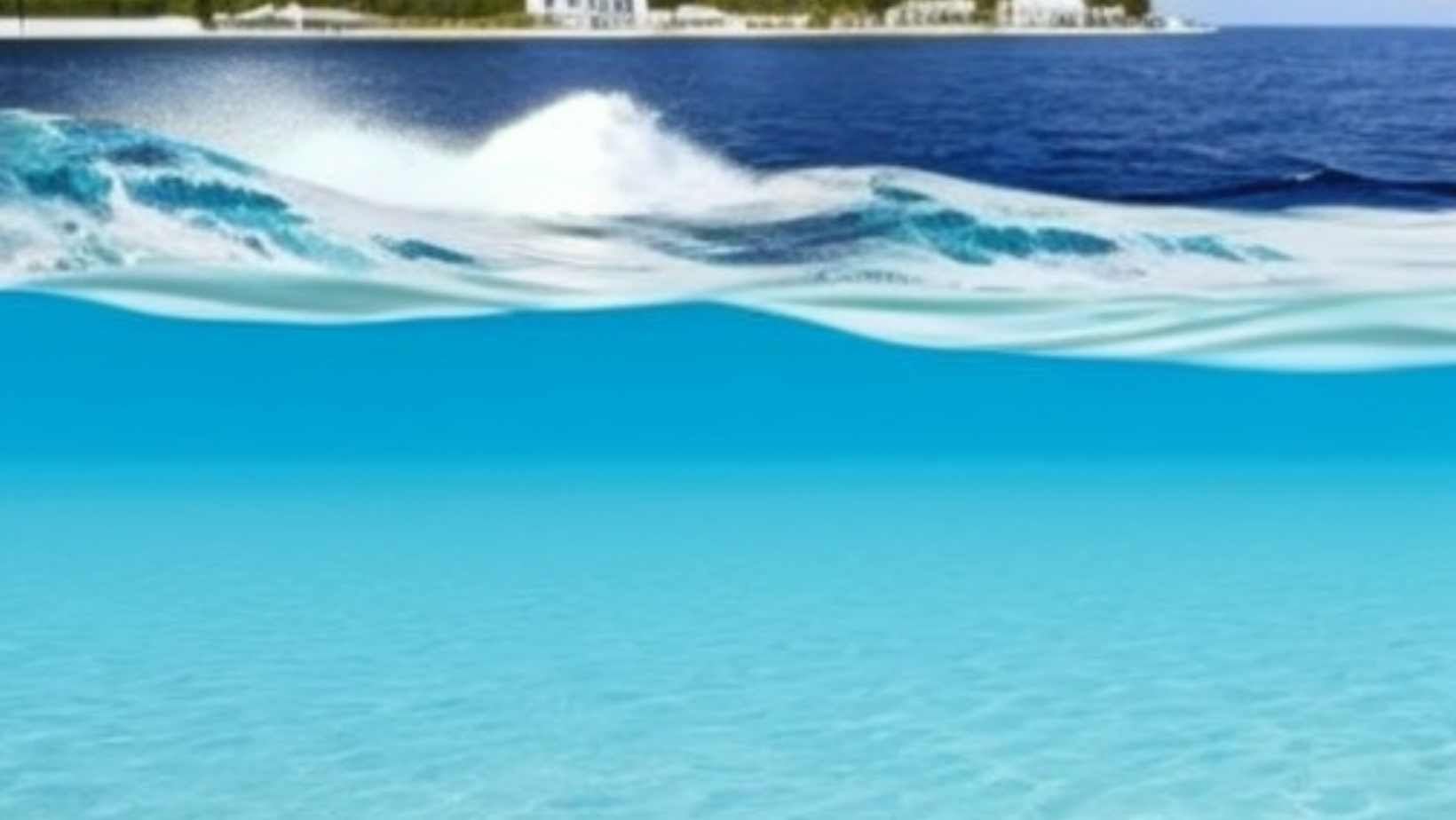Sea level rise is a significant issue for Hawaii, as the state is comprised of several low-lying islands and is surrounded by the Pacific Ocean. The impact of sea level rise on Hawaii is already being felt and is expected to worsen in the coming years.
According to the Hawaii Climate Commission, sea level rise in Hawaii has already increased by approximately 9 inches since 1950, and is expected to rise an additional 1 to 4 feet by the end of this century. This is due to a combination of factors, including melting polar ice caps, thermal expansion of the ocean, and changes in ocean currents.
The effects of sea level rise in Hawaii are already being seen in several ways. For example, coastal erosion and inundation are causing damage to infrastructure and property, including roads, homes, and beaches. Additionally, higher sea levels are making storm surges more severe, which increases the risk of flooding and damage from tropical storms and hurricanes.
Another significant impact of sea level rise in Hawaii is the threat to freshwater resources. Many of Hawaii’s freshwater sources are located near the coast, and rising sea levels can cause saltwater intrusion into aquifers, making the water supply less reliable and more expensive to treat.
The state of Hawaii is taking action to address the impacts of sea level rise. In 2017, the state legislature passed a law requiring the Hawaii Climate Commission to develop a sea level rise vulnerability and adaptation report, which was completed in 2020. The report identifies potential impacts of sea level rise on Hawaii’s infrastructure, economy, and natural resources, and provides recommendations for adaptation strategies.
In conclusion, sea level rise is a significant issue for Hawaii, and its effects are expected to worsen in the coming years. The state is taking action to address this challenge, but continued efforts will be necessary to mitigate the impacts of sea level rise and adapt to a changing climate.


 Facebook
Facebook
 Twitter
Twitter
 Pinterest
Pinterest
 Copy Link
Copy Link


